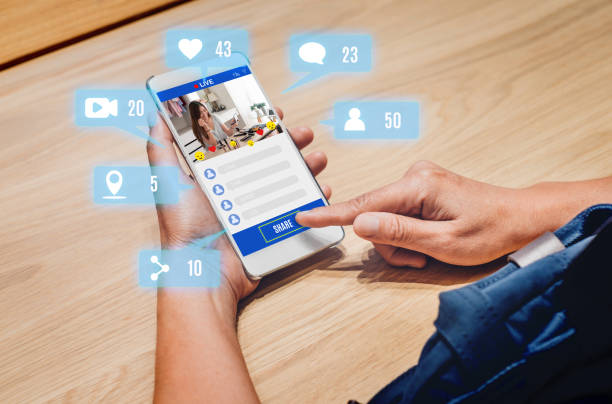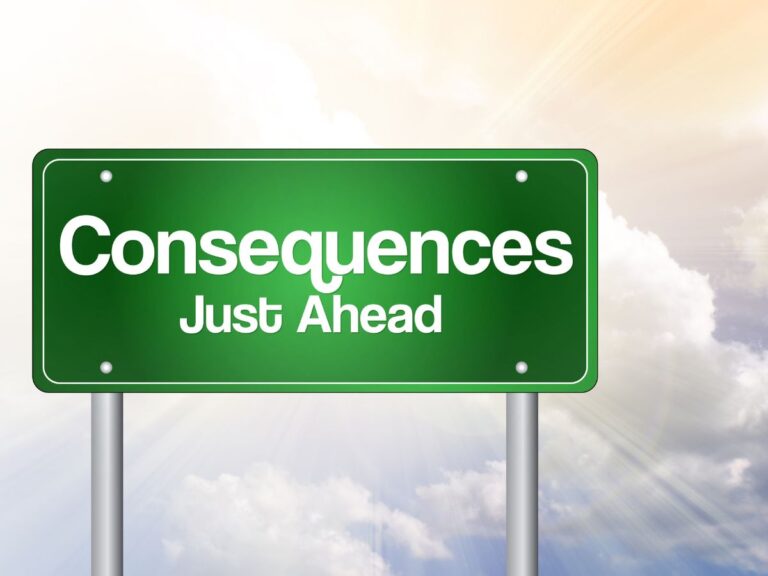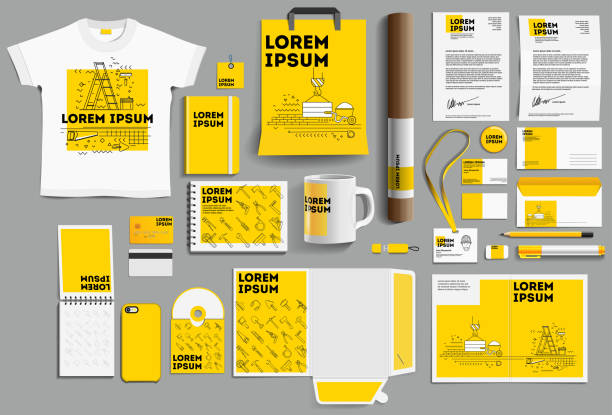Measuring the effectiveness of your branded content
Brand content is one of the most effective ways to grow your audience, increase brand awareness and reach new audiences. The better your brand content, the more likely that people will engage with it and share it with their friends. But how can you tell if your branded content is any good? To figure out if your branded content is effective at increasing reach, engagement, and other important metrics, we need to measure them against certain KPIs (key performance indicators).
Table of Contents
What does it mean to be effective?
To determine if your content is effective, you need to consider what it means to be effective. Effective content is content that meets the needs of your audience and has a positive effect on them. It’s also relevant, useful, and engaging.
The first step in figuring out if your branded content measures up to these standards are understanding what makes something “good” information-information that can help people make decisions or solve problems. If a piece of information helps people solve a problem they have or provides them with the knowledge they need in order to make better decisions about how they spend their time, it’s good information; if it doesn’t do either of these things (or does so only partially), then it’s not good info at all – even if we like reading/watching/listening.
Audience size matters

It’s no secret that the size of your audience is one of the most important factors when measuring the effectiveness of branded content. If you have a small audience, it will be more difficult to measure the effectiveness of your content because there are fewer people to connect with through engagement and sharing.
In this case, creating more branded content may be the best way to grow and measure success over time. If you have a large following already but aren’t seeing results from your efforts, consider using another channel for distributing content beyond just Facebook and Instagram (which tend to have smaller audiences). A good example is using a YouTube channel which gives you a chance to rank on the main video distribution channel.
Track Content Effectiveness with KPIs

A KPI (key performance indicator) is a metric you can use to measure the effectiveness of your branded content. Once you have a good idea of what KPIs are and how to measure them, you can start using them in your daily marketing routine.
The best way to track KPIs is by using analytics tools that let you see which keywords or topics people are searching for on search engines like Google and Bing. If someone searches for something related to your brand’s niche, it means they’re interested in learning more about it-and there’s potential for them to convert into customers if they find what they’re looking for.
Engagement is key
The first step in measuring the success of your branded content is to determine how exactly you’re going to measure it. The most popular way is by looking at engagement.
Engagement can mean many things, depending on the platform and type of content you use. For example, when you post an image on Instagram, the caption might include a call to action asking followers to send in their photos or tag themselves in one of your images.

This type of engagement would be measured by how many people engage with that call-to-action – whether they comment on it or share it with their friends on social media.
On other platforms like Facebook and Twitter, interaction is measured differently and more simply because there are fewer ways for users to actively share their opinions about what they see online (in contrast with Instagram).
A simple “like” button will suffice as an indicator of whether someone liked your post.
overall, engagement will give you an idea of how many people are actually interacting with your content and how well it is performing.
Content consumption is important
Content consumption is important because it tells you how well your branded content is performing. The following are some questions you should ask yourself:
How much content is being consumed?
What devices are people consuming content on the most?
Where are people consuming the most branded content?
When do people consume branded content the most?
Who is consuming the most branded content, and what’s their demographic profile like?
What are the top-performing branded content campaigns?
How do we compare to other brands in our industry?
Reach is important
Reach, or exposure is an important metric for branded content because it shows how many people have seen your content. It’s also one of the key performance indicators (KPIs) used to measure and analyze the success of your branded content.
This is a good metric to track if you want to see how far your content is spreading and how many people it is reaching.
How to measure reach?

Reach is measured by looking at the number of impressions you get and the number of times each piece of content is viewed or delivered to a device/browser. This is not necessarily the same as engagement or completion rate, but it’s still helpful in determining which pieces are most successful: that way, you know what types of posts are drawing in new viewers and which ones are falling flat.
Interactions are important
Interactions are important because they show that your audience is engaged. When you publish branded content, you want to make sure that people take notice and respond in some way – whether it’s by liking, commenting on, or sharing the post.

The type of interaction you get from your content can tell you whether it’s resonating with people: positive interactions indicate that what you’ve posted has been well received; negative interactions show there may be something wrong with the way you’re communicating a certain message or idea through the piece of branded content.
Also, note that interactions don’t have to be direct – a share counts as an interaction, too!
All of these metrics are important to track in order to measure the effectiveness of your branded content. By tracking these metrics, you can see what is working well and what needs to be improved.
Conclusion
When it comes to measuring the effectiveness of your branded content, there are many different metrics you can use. Some of these metrics are more important than others and some have different weights depending on what you’re trying to achieve with your branded content. You should always choose the right KPI for each goal that you have set for yourself because it will give you a better understanding of how well or poorly your campaign performed overall.













